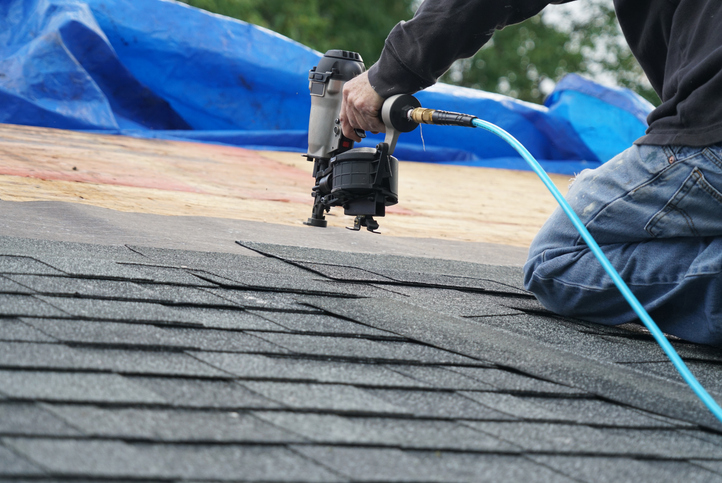Oahu, known for its unique climate and beautiful landscapes, poses specific challenges for roofing. Government projects on the island require durable, weather-resistant, sustainable roofing solutions that meet public building standards.
Here’s an overview of key considerations and options for roofing in Oahu’s government projects.
Understanding Oahu’s Climate and Roofing Needs
Government buildings on Oahu, whether schools, administrative offices, or public facilities, must withstand the island’s challenging climate while providing long-lasting protection.
The roofing solutions chosen must account for the following:
- Resistance to Moisture and Humidity: Constant exposure to moisture can lead to mold, mildew, and rot, weakening roofing materials.
- Wind Resistance: Strong trade winds are common on Oahu, so roofing materials must be able to resist high wind speeds to prevent damage.
- Salt Air Corrosion: Proximity to the ocean means that salt air can corrode certain roofing materials, necessitating the use of materials that resist this type of degradation.
- Sustainability: Government projects often aim for environmental sustainability, requiring eco-friendly and energy-efficient roofing materials.
Durable Roofing Materials for Oahu
Given these unique conditions, several roofing materials are particularly well-suited for government projects on Oahu:
Metal Roofing
Oahu’s climate is well-matched by metal roofing, especially when using aluminum or coated steel. They offer superior resistance to wind and salt air corrosion. Also, metal roofs are long-lasting and often come with coatings reflecting heat, reducing public building cooling costs.
Asphalt Shingles
While not as durable as metal, high-quality asphalt shingles can be a cost-effective option for government buildings. In a humid climate, treating them to resist algae is important. Modern asphalt shingles also offer good wind resistance when properly installed.
Clay and Concrete Tiles
These materials are highly durable and resistant to wind and salt air, making them suitable for government projects near the coastline. Heavier and more expensive clay and concrete tiles offer excellent longevity and are ideal for historic or culturally important buildings.
Single-Ply Membrane Roofing
For flat or low-slope roofs, single-ply membranes like TPO (thermoplastic olefin) or EPDM (ethylene propylene diene monomer) are effective. These materials offer good resistance to UV radiation, punctures, and chemicals, making them ideal for large government facilities with flat roofs.
Sustainable and Energy-Efficient Options
With their substantial energy demands, government buildings require roofing solutions prioritizing sustainability and energy efficiency. Cool roofing materials, which reflect more sunlight and absorb less heat, are a popular choice.
Metal roofs with reflective coatings, light-colored single-ply membranes, and green roofs incorporating vegetation can help reduce energy costs and improve the environmental footprint of government buildings.
Solar roofing solutions are also increasingly being integrated into government projects. Photovoltaic (PV) panels can be installed on various roofs, converting Oahu’s abundant sunlight into energy and reducing reliance on non-renewable energy sources.
Expert Installation and Maintenance
Quality installation is necessary in government projects. Working with roofing contractors who understand Oahu’s climate makes sure that the roofing system meets building codes and performs as expected.
Government buildings require routine inspections and timely repairs to extend the roof’s life and prevent costly damage. Roofing contractors should offer comprehensive maintenance plans that address the unique wear and tear caused by Oahu’s environment.
Improve your government projects with roofing that reflects Oahu’s spirit. Our experienced team at Surface Shield Roofing Company offers solutions that withstand the island’s challenging climate and contribute to a greener, more functional building. Contact us today to get started!

